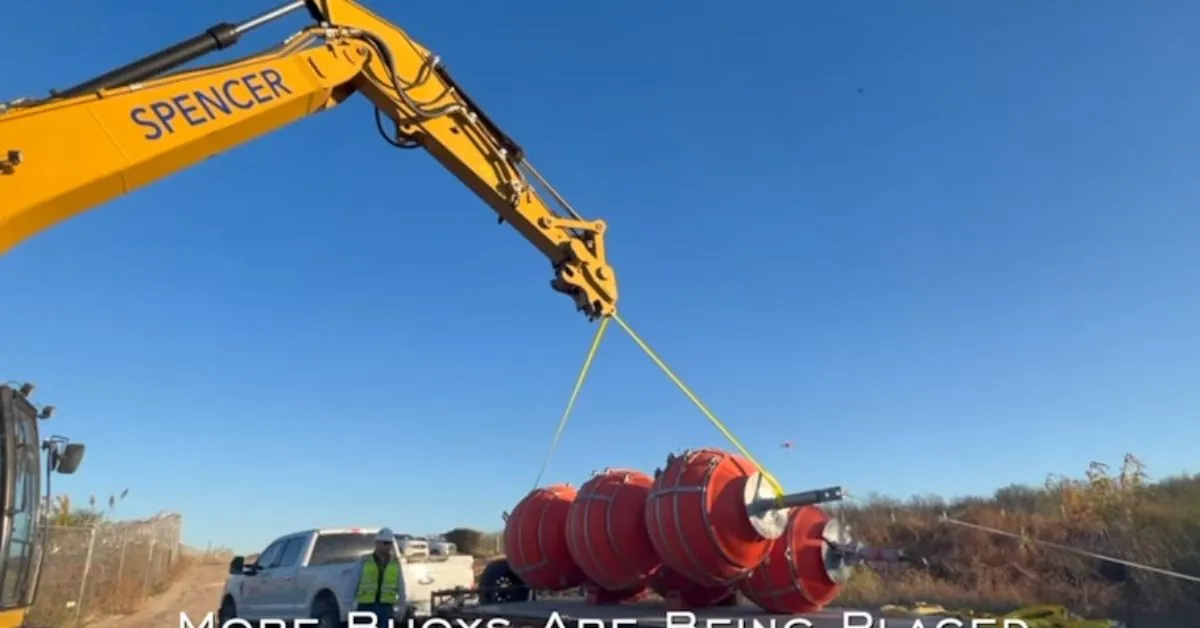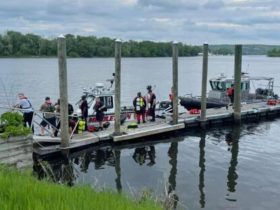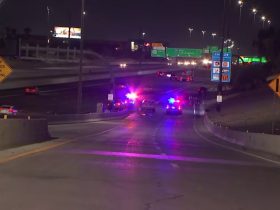Texas recently increased border security measures in an effort to stem the flow of undocumented migrants. Governor Greg Abbott has overseen the installation of more floating marine barriers along the Rio Grande River, working with state law enforcement and military authorities. Abbott’s measure attempts to eliminate unlawful crossings and the risks associated with smuggling into the state.
According to the Texas government’s official website, Operation Lone Star, a multi-agency border enforcement initiative, is responsible for almost half a million undocumented migrant arrests. This operation, which aims to reduce drug movement, notably mentions the seizure of large amounts of fentanyl. According to Abbott, these tactics have already reduced unlawful crossings by up to 86%, with the goal of protecting not only Texas but perhaps larger American communities from drug penetration and other criminal enterprises.
According to the same source, Texas has attempted to redistribute migrants from the southern border to so-called sanctuary cities further afield, claiming to have transported tens of thousands to Washington, D.C., New York, Chicago, Philadelphia, Denver, and Los Angeles since early 2022. Abbott’s administration claims that this program not only relieves demand on Texas resources, but it also exposes border security as a national problem.
The governor’s other enforcement methods include erecting razor wire barriers and continuing the construction of border wall segments in locations such as Val Verde County. “These buoys were designed by the Border Patrol because they were, in fact, effective at denying illegal entry,” Governor Abbott stated in a statement on the naval obstacles, according to the official website of the Texas government. Despite federal opposition and legal challenges, Texas maintains its determination to pursue such projects along the river.
Recent operational highlights from the region include the arrest of illegal immigrant smugglers and the apprehending of undocumented migrants in Maverick and Hidalgo counties. Interestingly, the Texas National Guard’s employment of sensors to help in the detection of human traffickers in Terrell County demonstrates a multifaceted approach to border security and monitoring.
The debate over border security measures is still heated, with the Texas government reaffirming its commitment to addressing unauthorized migration and related security concerns, while detractors question the state’s proactive strategy’s humanitarian and legal ramifications. Regardless of one’s position, the extension of Texas’ land and sea barriers undoubtedly signals a new chapter in America’s ongoing debate over immigration policy and border control.







Leave a Reply